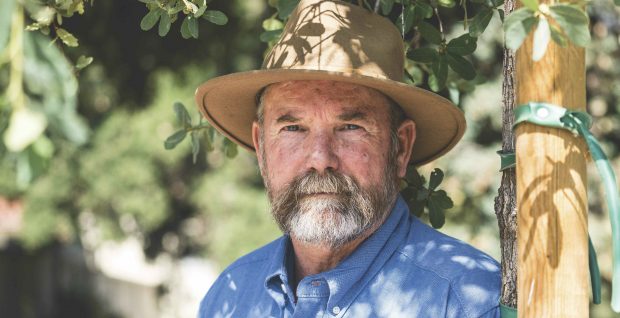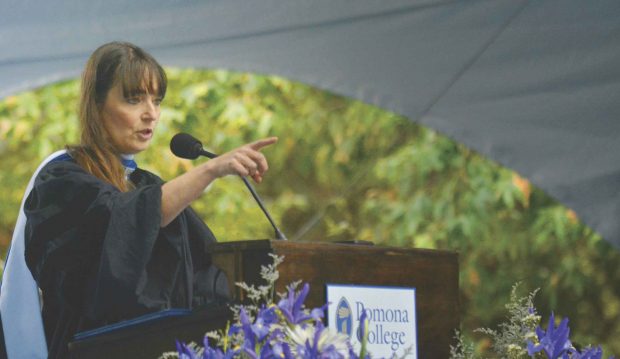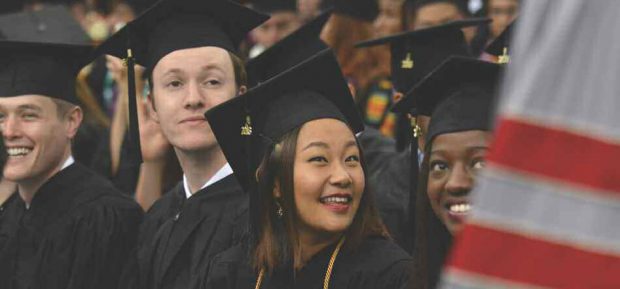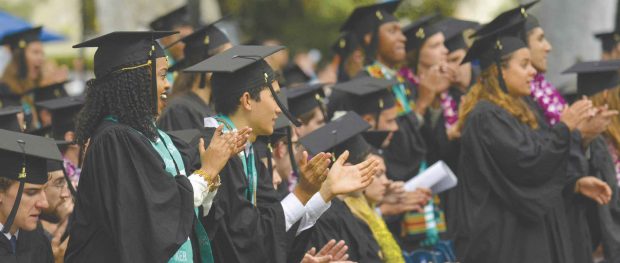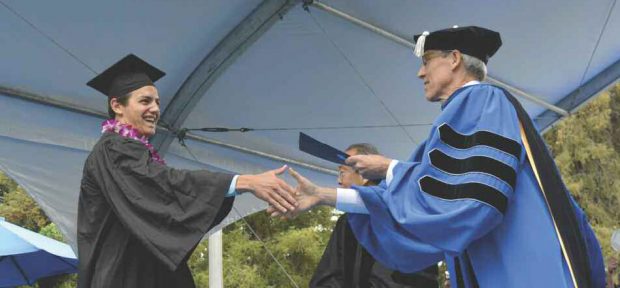
 In his New York Times bestseller Elon Musk: Tesla, SpaceX, and the Quest for a Fantastic Future, Ashlee Vance ’00, veteran tech journalist and TV host of Bloomberg’s Hello World, reports on the daring business titan’s life and the rise of his innovative companies in finance, the auto industry, aerospace and energy. With exclusive, unprecedented access to Musk, his family and friends, Vance interviewed nearly 300 people for a book hailed as “masterful,” a “riveting portrait,” and “the definitive account of a man whom so far we’ve seen mostly through caricature.” Vance talked to PCM’s Sneha Abraham about the journey of the book and about Musk—a man both lauded and lambasted.
In his New York Times bestseller Elon Musk: Tesla, SpaceX, and the Quest for a Fantastic Future, Ashlee Vance ’00, veteran tech journalist and TV host of Bloomberg’s Hello World, reports on the daring business titan’s life and the rise of his innovative companies in finance, the auto industry, aerospace and energy. With exclusive, unprecedented access to Musk, his family and friends, Vance interviewed nearly 300 people for a book hailed as “masterful,” a “riveting portrait,” and “the definitive account of a man whom so far we’ve seen mostly through caricature.” Vance talked to PCM’s Sneha Abraham about the journey of the book and about Musk—a man both lauded and lambasted.
This interview has been edited and condensed.
PCM: Why write about Elon Musk?
Vance: When I started out and I was at The New York Times and places like that, Elon was just never really on my radar. I sort of felt like he was this guy who used to run around Silicon Valley promising all these wonderful things and never really delivering on them. I kind of pegged him as your run-of-the-mill techno-utopian guy. In 2012 everything started to change for me because SpaceX got to the International Space Station and Tesla came out with the Model S, which not just people in Silicon Valley but people in Detroit and around the world hailed as one of the best cars ever made. And SolarCity, his third company, filed to go public. That all happened in the span of just a couple of months.
I just thought, “Wow. This guy who’s been promising all of this stuff for all these years has just delivered in this huge way.” So I set out to do a cover story on him for Businessweek, and that’s when it really became obvious to me that this is the book that I wanted to do.
I visited the Tesla factory, which is spectacular, and then the SpaceX factory, which is really what hooked me in. It was right in the middle of Los Angeles, and I thought they’d kind of be cobbling together this one rocket, but they were mass producing rockets in this gleaming white factory, with thousands of people running around, and there was just this unreal energy to the place.
And then I interviewed Elon for the story, and he struck me as so much more interesting than I had ever really given him credit for. He has this amazing life story, this kind of self-made man from South Africa, who had a very difficult upbringing and all these trials and tribulations along the way. And then he was just way more authentic and down-to-earth when I interviewed him than I expected, and I thought, “Man, this guy has lived an incredible life and would make a great story.”
PCM: How did this book take off?
Vance: So after the interview for Businessweek, I sent him an email and asked, “Hey, have you ever thought about cooperating with a book about you?” And he said, “Look, a lot of people have asked me, and I’ve had to turn them down, and I just don’t think it’s the right time.” And I said OK, and then I went and I sold the book anyway in New York. I thought if I sold the book, it would sort of force his hand, and he would end up cooperating. So then, after I sold the book, we had a big hour-long meeting at Tesla’s headquarters in Palo Alto. And Elon came in and I gave him the whole spiel on why I w wanted to do the book and why it was a good idea for him to do interviews and all that.
And two days after that meeting he sent me an email, and he said, “Look, I can’t do this.” And I think he thought I would give up on the project—and I did think about it.
I went out for this eight-mile run after that and was really distraught. I had already sold the book. I kind of rolled the dice and lost. And I just was out there running and I thought, “Well, what would Elon do in the same situation? He would just keep going.” So I decided to keep going, and then I spent the next 18 months interviewing. I interviewed about 200 people and it was all his friends, his family, his ex-girlfriends, his ex-employees.
PCM: So he didn’t send out a “Don’t talk to Ashlee” memo?
Vance: Yeah, that was a weird thing. I didn’t know how things would play out after he said no. I kind of thought he would tell people not to talk to me, but no, the opposite happened. A lot of people that I reached out to would, of course, write to him or call him and say, “Hey, this guy wants to talk to me,” and he gave approval to everyone. Nobody turned me down. And so that encouraged me because I thought, “He’s not making life as miserable for me as he could, and so I’ll keep pushing forward.” And then after those 18 months that’s when he called me at home one day, and then we had dinner shortly after that.
In the phone call he said, “Look, I might cooperate, but I want control of the book and everything.” So I was thinking, “Oh man, I’ve come this far and now there’s this thing that I just cannot agree to.” And so I was still sort of dreading that, and so then I got to the dinner and I had this huge speech. I had spent time rehearsing all these reasons that it made sense for him to cooperate and why I had to do it like a proper journalist and not give him control. And I got about five minutes into the speech, and then he just said, “OK, fine. Let’s do it.” My reaction then—I had to hold it all inside—but I was screaming on the inside. So much work had gone into it, this huge gamble and just this intense amount of pressure. It just felt like, “My God, this is all going to be worth it.” And I knew the book would be so much better with him participating in it.
PCM: How did your perception of him change as these interviews over the next year were happening? Because you write that you came in thinking he was just another big shot sort of megalomaniac.
Vance: My impressions had already started to change a bit after I did the cover story. I was always really impressed with how open he was. He never came in with any handlers or anything; it was always just me and him. So initially, for the first three interviews, it was frustrating because he was basically repeating a lot of things that he always talks about, and I felt like I wasn’t getting anywhere. And then it was around the fourth interview where he really started to open up, and I felt like I was seeing a side of Elon that no journalist had ever seen before. We could talk about anything, and he never dodged questions or tried to deflect me. I felt like he gave me these really rich answers about his philosophies of life, and about all these moments in the history of the company, and I got this much deeper insight. We would sort of trade off-the-record information back and forth.
Even when I was first starting the book, he had accomplished these amazing things, but it was unclear how sustainable these companies were. If you really could make them enduring and still pull off all this lofty stuff. Half the people still thought that he was crazy.
And over time, as I learned more and more about the companies and Elon, I just came away, not in a fanboy sense, but to sort of witness this guy firsthand and his resolve and how relentless he is, whether it’s him telling a story or it’s meeting the thousands of engineers around him. I just came away thinking, “Man, this guy. It may take him longer than he says—things might be more expensive sometimes than what he says—but this guy is absolutely going to accomplish what he sets his mind to.” In that sense, he’s unlike any exec I’ve ever interviewed. There are obviously very driven, intelligent people. But to me, what became obvious is—this is not a job for him; it’s a life’s calling. He is sort of playing on a different field, and a lot of people around him are as well. My big takeaway is that he was just more capable than I had even imagined.
I’d say the other thing I’ve learned over time is just that Elon really is a hard dude. You would hear more and more stories about what he expects from employees or the demands he puts on people, and then I started to feel that personally. It was a very rocky, back-and-forth thing that we had. Where he really didn’t want to be participating in this but was doing it and wanted to exert control, and I wouldn’t let him. So, yes, actually I felt all this stuff personally, and I feel like that gave me a taste for the full Elon.
PCM: How did he react to the book?
Vance: Well, it kind of went in stages. He got the book and then he was going through it and he was emailing me all of the time, like every couple of pages. So that was kind of an interesting experience, but most of that was sort of harmless. He plucked out a couple of things that he disagreed with, and then at the very end of a couple of days of him reading it, he came back and said it was 95 percent accurate, which for Elon was hilarious, not only that he gave me a score, but also that it was that high. He said it was well done. A couple of weeks passed, and then the media finally got their copies of the book, and a couple of the early stories focused on what a tough boss he is, and he got really upset that that’s sort of the direction that the press was taking at the beginning. So then there was big blowback. He was really unhappy that he was kind of getting portrayed that way, and so our relationship has not been the same since.
PCM: How does he come across, and how would you describe his personality?
Vance: The most basic thing is just he’s the most intense, driven individual I’ve ever met and one of the most capable human beings in the sense that he’s in all of these different industries. He’s doing technical stuff, marketing, design, day-to-day operations of the companies. It’s this incredible thing. As a person, there are different flavors of Elon. There’s the guy that you sit down with at dinner, and he’s not immediately charming and charismatic. He’s more like an engineer. He’s very serious and takes a little while to warm up. But then, even that guy, you warm him up and then he’s obviously very bright, he’s funny. He has an amazing sense of humor that I think most people miss. And he’s amazing to talk to. It was the thing I would look forward to most every month. So there’s that side to him—this surprisingly down-to-earth, intense, intelligent, funny guy. And then there’s the other side to him, too. For the employees, he’s super-demanding. He sets these incredibly lofty goals. He expects everybody to meet them. He can be really hard on people in meetings and in that sense comes off as unempathetic to his people and can come off as kind of callous and cold. And then, I think, for his friends there’s a very different side. I think he’s got a small circle of really close friends. And I think for them, he’s a much more fun-loving guy who is a lot of fun to be around.
PCM: Where do you think his faith in himself comes from? Because you write about how he had this awful childhood, and reading about that, one would guess he wouldn’t turn out to be the way that he is. Where does that sense of self-confidence that he can accomplish anything come from?
Vance: I think that his difficult childhood in a lot of ways hardened him and taught him to be willing to take risks. It’s a similar story you see with lots of these guys. If you leave the country where you’re born—say you go to Canada with zero in your pocket, and you’re off on your own at this young age—there are few things later on that are going to be harder than that. In a sense, running a business and taking a risk and all of that pales in comparison to what you’ve already been through. He talks about it a lot. He learned to just sort of suffer. So things like long hours or a business collapsing or all this pressure, he deals with that really well. I think that self-confidence thing definitely seems like it was learned over time, because at Zip2 and PayPal you see this guy who is not a very sure-handed manager. He’s really upsetting his employees. He’s having fights with other board members. And I think it was during that process where he sort of learns to become who he is today, and his self-confidence grows almost out of necessity.
He’s very logical, I think, and so part of it is just if he sees something he wants to do, and he thinks it’s the right thing to do, he’s decided that he’s going to do it. It’s this very binary thing. He’s just like, “This makes sense to me. I’m going to pursue it with all my energy.” I think he’s just wired a little bit different than most people.
PCM: So, he wants to turn humans into space colonizers. What do you think it reveals about his personality that his goals are so high?
Vance: I think it’s oddly that logical side of him. I don’t know. I guess you could think back to Columbus or Magellan or somebody, these really adventurous, flamboyant explorers. I think his original impetus for this is much more clinical and logical. “There should be a backup plan for the human species, and there isn’t a very good one, and I’m going to go build it.” And he does have this weird form of empathy, where he genuinely cares deeply, not about individual people as much but more about the human species. He would break down in tears when he was talking about the colony. It comes from this very logical, software-programmer place that you should back up your files and your work.
PCM: Do you think he has an equal today?
Vance: No. People always want to compare him to Steve Jobs or Edison or whatever. It’s sort of hard. It’s difficult because he’s a work in progress, and we don’t know where some of his stuff is going to end. But even just the face value of what he’s accomplished so far, you cannot find another human being that’s changed industries as diverse as finance, aerospace, automotive and energy. I think on that level he has no equal today or really ever.
I think clearly he has to get an affordable electric car out that is good and that people want and that they sell a lot of, in order for him to be considered a success with Tesla. I think SpaceX has to really get this reusable rocket technology done. He’s got to get to Mars in order for that to be considered a huge, forever-world-altering success. For SolarCity, it has to be proven that that’s a really sustainable business. There are a lot of people that argue that they’re not going to be profitable going forward. And so yeah, there are all of these question marks about exactly where he ends up in the pantheon of inventors and businesspeople.
As far as equals today, Larry Page and Jeff Bezos come to mind. I feel like those three guys are all in this camp of people who are willing to spend money on big, long-term things that are far afield from apps and things like that. They’re all working on these big computer services but also these crazy machines, and really bringing science fiction to life. So, in that sense, I think they’re sort of in similar camps. But I think Elon’s probably taken bigger risks so far and arguably been more successful with these other businesses.
ELON MUSK: TESLA, SPACEX, AND THE QUEST FOR A FANTASTIC FUTURE
BY ASHLEE VANCE ’00
ECCO, 2015
400 PAGES | $28.99
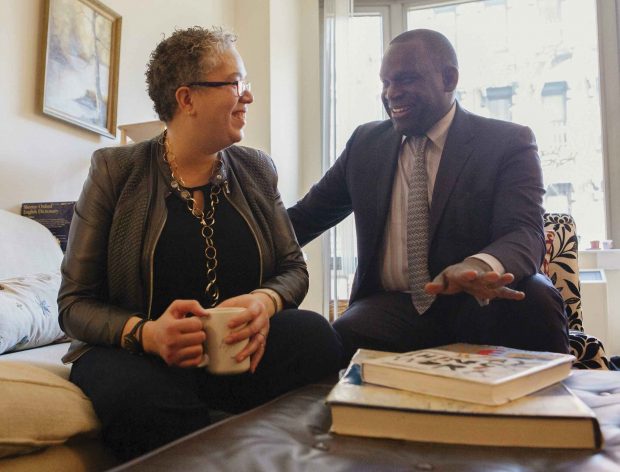
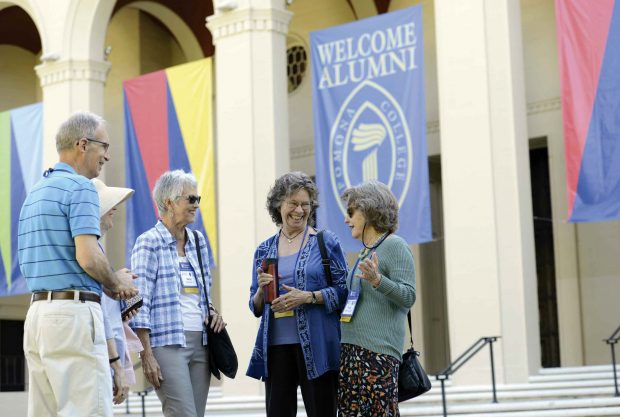
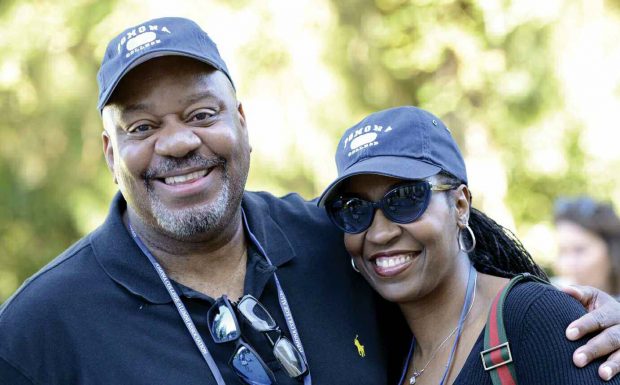
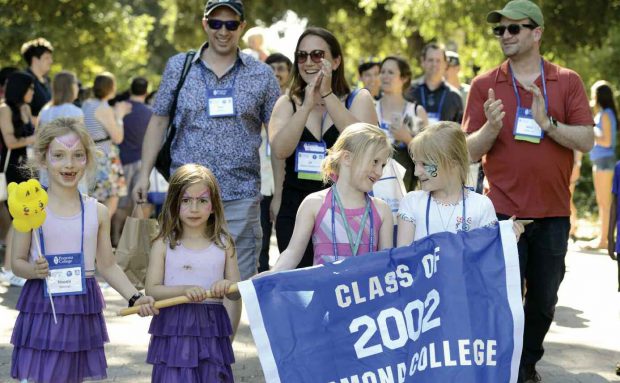
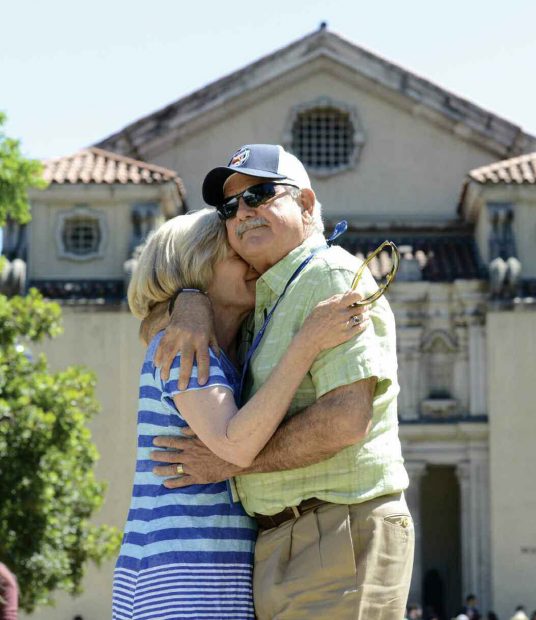
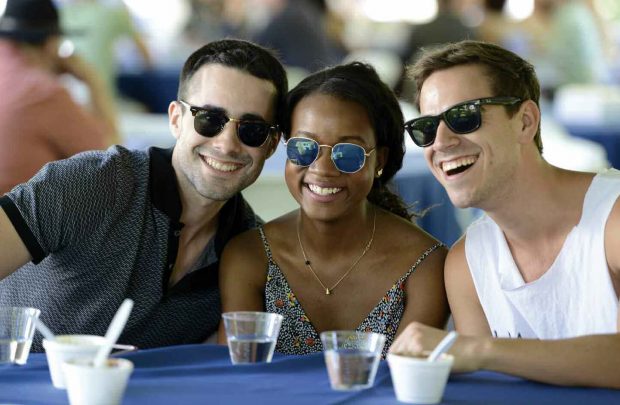
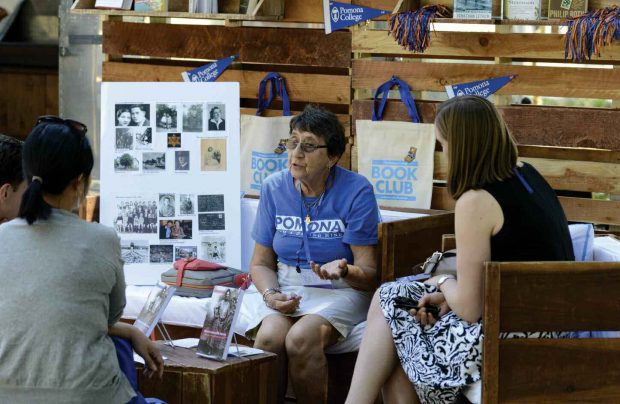
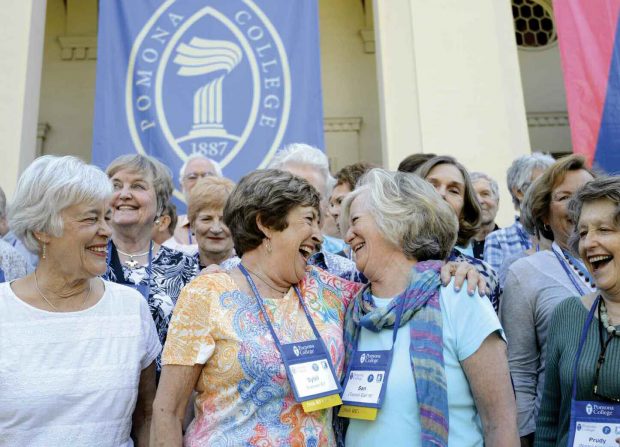
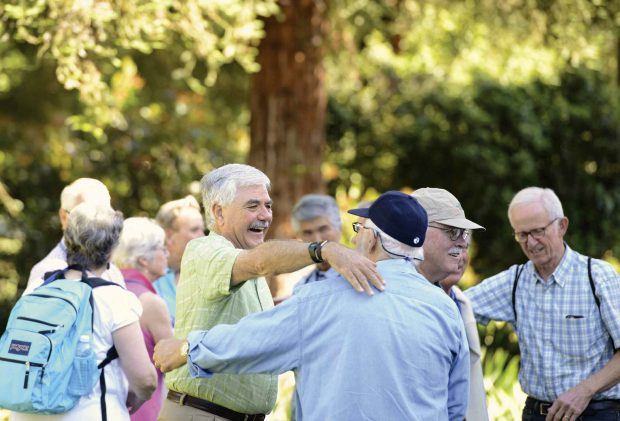
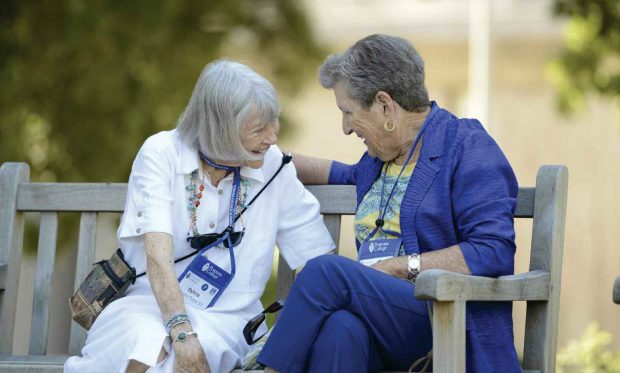
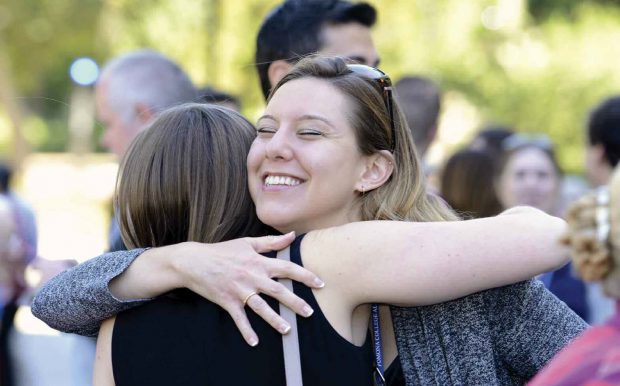
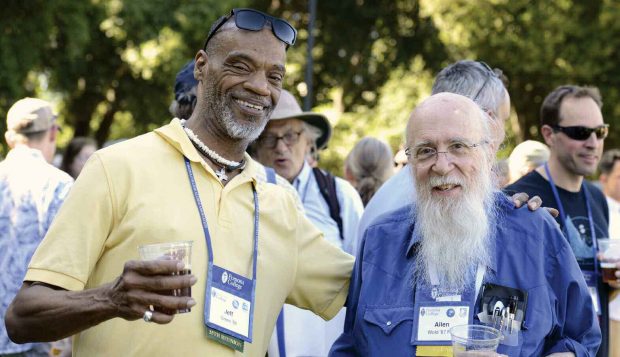
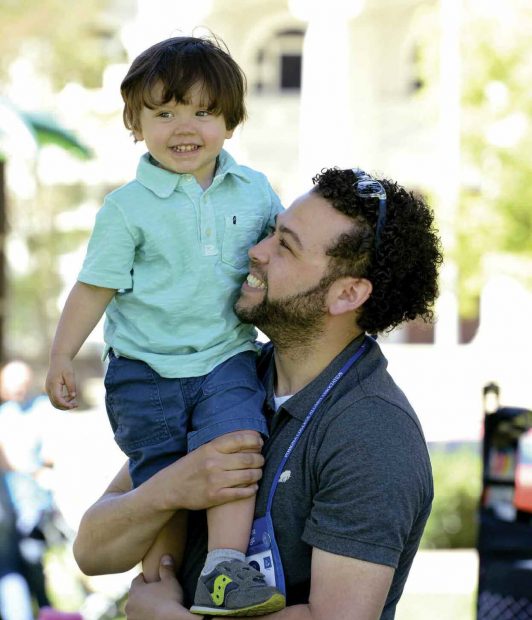
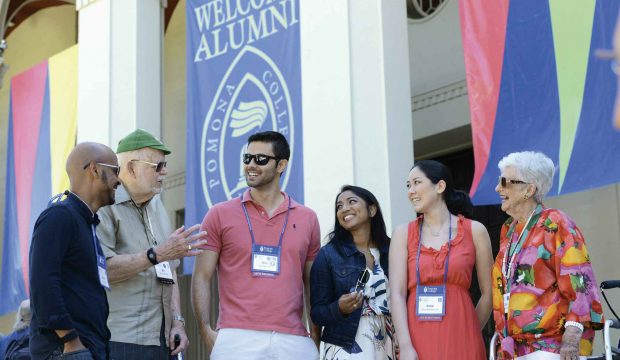
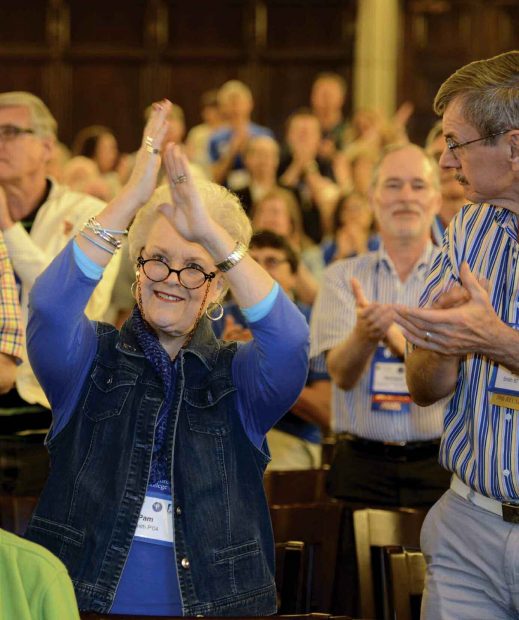


 To enter Los Angeles County from the southeast, follow Pacific Coast Highway through Seal Beach and onto a bridge spanning Los Cerritos Wetlands and the San Gabriel River. Off to your left, the marshy expanse turns to ocean. On your right, factory smokestacks stand against a hazy mountain range. The four-lane road narrows as it rises over the swamp. Go about a quarter mile until you reach a stoplight, where the road levels and widens again. You’re in Long Beach now. There’s a Whole Foods on the left if you’d like a snack.
To enter Los Angeles County from the southeast, follow Pacific Coast Highway through Seal Beach and onto a bridge spanning Los Cerritos Wetlands and the San Gabriel River. Off to your left, the marshy expanse turns to ocean. On your right, factory smokestacks stand against a hazy mountain range. The four-lane road narrows as it rises over the swamp. Go about a quarter mile until you reach a stoplight, where the road levels and widens again. You’re in Long Beach now. There’s a Whole Foods on the left if you’d like a snack.
 In his New York Times bestseller Elon Musk: Tesla, SpaceX, and the Quest for a Fantastic Future, Ashlee Vance ’00, veteran tech journalist and TV host of Bloomberg’s Hello World, reports on the daring business titan’s life and the rise of his innovative companies in finance, the auto industry, aerospace and energy. With exclusive, unprecedented access to Musk, his family and friends, Vance interviewed nearly 300 people for a book hailed as “masterful,” a “riveting portrait,” and “the definitive account of a man whom so far we’ve seen mostly through caricature.” Vance talked to PCM’s Sneha Abraham about the journey of the book and about Musk—a man both lauded and lambasted.
In his New York Times bestseller Elon Musk: Tesla, SpaceX, and the Quest for a Fantastic Future, Ashlee Vance ’00, veteran tech journalist and TV host of Bloomberg’s Hello World, reports on the daring business titan’s life and the rise of his innovative companies in finance, the auto industry, aerospace and energy. With exclusive, unprecedented access to Musk, his family and friends, Vance interviewed nearly 300 people for a book hailed as “masterful,” a “riveting portrait,” and “the definitive account of a man whom so far we’ve seen mostly through caricature.” Vance talked to PCM’s Sneha Abraham about the journey of the book and about Musk—a man both lauded and lambasted.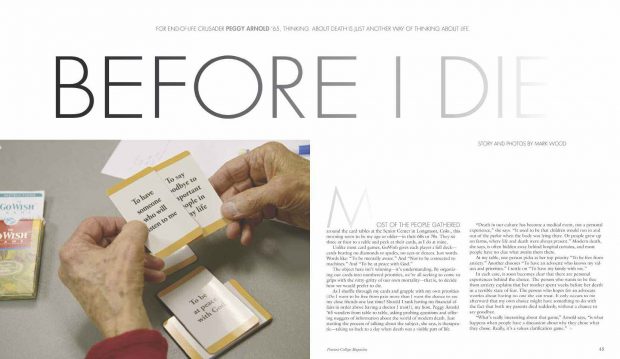
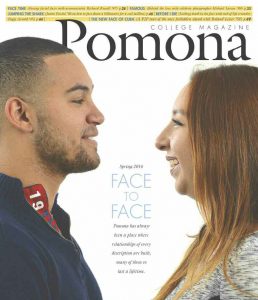 We loved the latest Pomona College Magazine “Face to Face” feature. We wanted to share our relationship to last a lifetime.
We loved the latest Pomona College Magazine “Face to Face” feature. We wanted to share our relationship to last a lifetime. Pomona’s original seal, emblazoned with the words “Our Tribute to Christian Civilization,” adorned every Pomona diploma for almost a century. Appropriate in 1887 for a church-founded college where theology was part of the curriculum, it slowly became an anachronism, as the College cut ties with the church and drew students from many traditions. Steve Glass ’57 still laughs good-naturedly about receiving a diploma imprinted with that motto just before going to Bridges Hall of Music to be married in a traditional Jewish ceremony.
Pomona’s original seal, emblazoned with the words “Our Tribute to Christian Civilization,” adorned every Pomona diploma for almost a century. Appropriate in 1887 for a church-founded college where theology was part of the curriculum, it slowly became an anachronism, as the College cut ties with the church and drew students from many traditions. Steve Glass ’57 still laughs good-naturedly about receiving a diploma imprinted with that motto just before going to Bridges Hall of Music to be married in a traditional Jewish ceremony.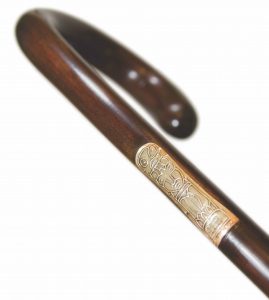 ITEM: Class cane
ITEM: Class cane